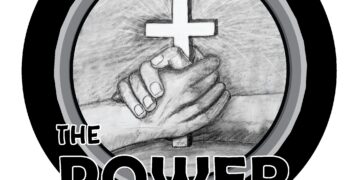
I recently said something to Cindy about how we can sometimes work really hard to maintain even the most basic relationship with some of the folks around us but other times God can place some amazing people in our lives and we have great relationships from the start. In either case, the more we can learn to understand the people around us, the more effective (and healthy) those relationships can be! I shared this comment a few months back but I believe it’s worth include again now. In Emotional Intelligence 2.0, Travis Bradberry emphasized, “People who manage relationships well are able to see the benefit of connecting with many different people, even those they are not fond of. Solid relationships are something that should be sought and cherished.”
Prior to this month’s column, we’ve looked at the first two components that make up this thing called emotional intelligence; self-awareness and self-management. Now’s let’s dig into the third component, which I believe serves as the starting point for building strong relationships: social awareness. Bradberry defines social awareness as our “ability to accurately pick up on emotions in other people and understand what is really going on with them.”
Just to be clear, I was expecting to see some kind of reference to a crystal ball in the paragraph that followed that! After going through the rest of the chapter, I realized the crystal ball would have been much easier to find. But when I related the patterns William Marston outline in his work on The Model of Human Behavior could be used to “pick up on emotions in other people” rather than having to read their minds – especially since the only way we can really see emotions anyway is through outward behavior – the need for a crystal ball and magic wand was gone!
Once we have a framework for picking up on emotions by recognizing and understanding the behaviors we’re seeing in each person we interact with, we’re ready to put it all together as we develop our skills in the fourth component of emotional intelligence: relationship management. And that’s exactly what we’ll look at next time!
































